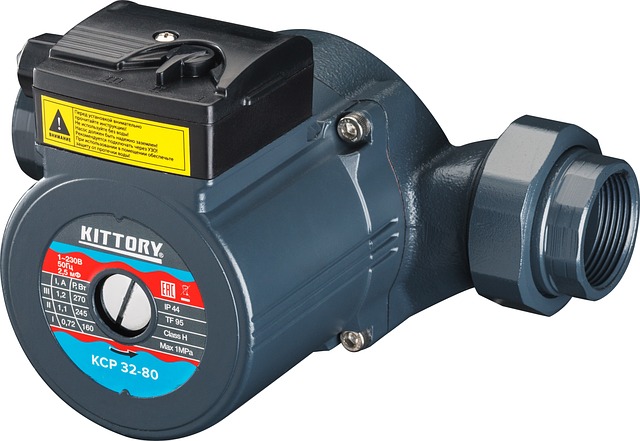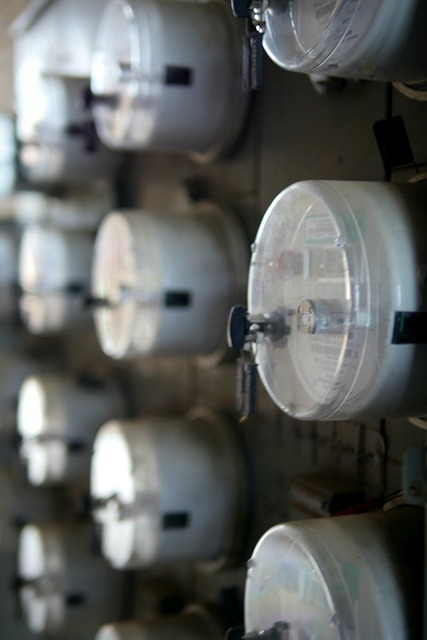Eugene, Oregon, leads in climate change mitigation through diverse energy management strategies that leverage local renewable resources, particularly wind power. With favorable geographical conditions, the city conserves energy across residential, commercial, and industrial sectors. Initiatives include installing wind turbines, adopting smart building design, promoting public transportation, encouraging electric vehicles, and educating residents on sustainable practices. Eugene's commitment to wind power positions it as a national leader in environmental stewardship and sustainable energy, setting an example for other communities.
“Eugene, OR, embraces energy conservation as a key strategy for sustainable future. This city has been making strides towards reducing its carbon footprint through innovative solutions. From harnessing the powerful local resource of wind power to implementing efficient buildings and promoting public transportation, Eugene is setting an example.
This article explores the diverse initiatives, from residential to industrial sectors, that contribute to the city’s energy conservation efforts, highlighting the importance of community engagement in achieving long-term success.”
- Understanding Energy Consumption in Eugene, OR: A Local Perspective
- Harnessing the Power of Wind: Eugene's Renewable Resource
- Implementing Efficient Homes and Buildings for Energy Conservation
- The Role of Public Transportation and Active Commuting in Energy Savings
- Industrial Sector Initiatives: Reducing Energy Footprint in Eugene
- Community Engagement and Education for Long-Term Energy Conservation
Understanding Energy Consumption in Eugene, OR: A Local Perspective

Eugene, Oregon, like many cities across the globe, faces the challenge of managing and reducing energy consumption to combat climate change. The city’s energy landscape is diverse, with a mix of residential, commercial, and industrial sectors all contributing to its overall energy use. This local perspective highlights the importance of understanding where energy is being consumed and how it can be conserved effectively.
One notable aspect of Eugene’s energy profile is its potential for harnessing renewable sources, particularly wind power. The region’s suitable wind conditions offer a viable solution to reduce reliance on fossil fuels. By investing in local wind energy projects, the community can not only decrease carbon emissions but also foster a more sustainable and resilient energy infrastructure. This approach aligns with the global shift towards clean energy, positioning Eugene as a leader in environmental stewardship.
Harnessing the Power of Wind: Eugene's Renewable Resource

Eugene, Oregon, has recognized the immense potential of wind power as a key component in its energy conservation solutions. The city’s geographical location offers an abundant and consistent supply of wind, making it an ideal resource for renewable energy generation. By harnessing this natural force, Eugene can significantly reduce its carbon footprint and contribute to a more sustainable future.
Local initiatives have focused on installing wind turbines in strategic areas around the city. These turbines not only provide clean and renewable electricity but also serve as a reminder of the community’s commitment to environmental stewardship. With ongoing advancements in wind power technology, Eugene has the opportunity to lead by example, demonstrating how communities can effectively embrace renewable resources for energy conservation.
Implementing Efficient Homes and Buildings for Energy Conservation

In Eugene, Oregon, implementing efficient homes and buildings is a key strategy in energy conservation efforts. This involves adopting design principles that minimize energy consumption while maximizing comfort and functionality. For instance, smart insulation, high-efficiency heating and cooling systems, and energy-saving appliances can significantly reduce power usage in residential areas. Additionally, integrating renewable energy sources like solar panels and wind power offers a sustainable solution for meeting the energy needs of these structures.
Commercial buildings play a vital role in the city’s overall energy conservation goals. Upgrading to energy-efficient lighting systems, implementing smart thermostats, and adopting green construction practices can lead to substantial energy savings. Moreover, encouraging the use of electric vehicles and installing charging stations in urban areas further reduces the carbon footprint of the community. By embracing these measures, Eugene can work towards becoming a more sustainable and environmentally friendly city.
The Role of Public Transportation and Active Commuting in Energy Savings

In Eugene, OR, the role of public transportation and active commuting plays a pivotal part in energy conservation efforts. The city’s robust public transit system, powered partly by renewable sources like wind power, significantly reduces the number of private vehicles on the road. This decrease in vehicle usage translates to lower greenhouse gas emissions and energy consumption, contributing to a greener urban environment.
Active commuting, which includes walking and biking, further enhances these savings. Encouraging residents to opt for these modes of transportation not only fosters a healthier lifestyle but also diminishes the city’s reliance on fossil fuels. By integrating wind power and promoting sustainable commuting options, Eugene is making strides towards a more energy-efficient future while exploring innovative solutions like expanding bike lanes and improving pedestrian walkways.
Industrial Sector Initiatives: Reducing Energy Footprint in Eugene

In Eugene, Oregon, efforts to conserve energy and reduce the industrial sector’s carbon footprint are gaining momentum. Local businesses and manufacturers are embracing sustainable practices and innovative technologies, with a particular focus on renewable energy sources. One notable initiative is the increased adoption of wind power, which offers a clean and efficient alternative for electricity generation. Many factories and industrial facilities are now utilizing wind turbines as part of their operations, significantly cutting down their reliance on conventional fossil fuels.
These sustainable practices extend beyond wind power. Companies are implementing energy-efficient manufacturing processes, upgrading to modern equipment, and optimizing production schedules. Additionally, they are actively engaged in recycling programs and waste management strategies, further minimizing their environmental impact. Such initiatives not only contribute to the city’s overall energy conservation efforts but also position Eugene as a leader in industrial sustainability on a regional and national scale.
Community Engagement and Education for Long-Term Energy Conservation

In Eugene, OR, fostering a culture of energy conservation requires active community engagement and education. By empowering residents with knowledge about sustainable practices, local governments and organizations can catalyze long-term behavioral changes. Educational programs can focus on topics like renewable energy sources, such as wind power, energy efficiency in homes and businesses, and the environmental benefits of reduced energy consumption. Community events, workshops, and partnerships with schools can all play a crucial role in spreading awareness.
Engaging the community in conservation efforts creates a collective responsibility for our shared energy future. Encouraging residents to adopt renewable energy solutions like wind power not only reduces carbon footprints but also fosters local economic growth by diversifying energy sources. Through continuous education, Eugeneans can become advocates for sustainable living, ensuring that conservation remains a priority for generations to come.














